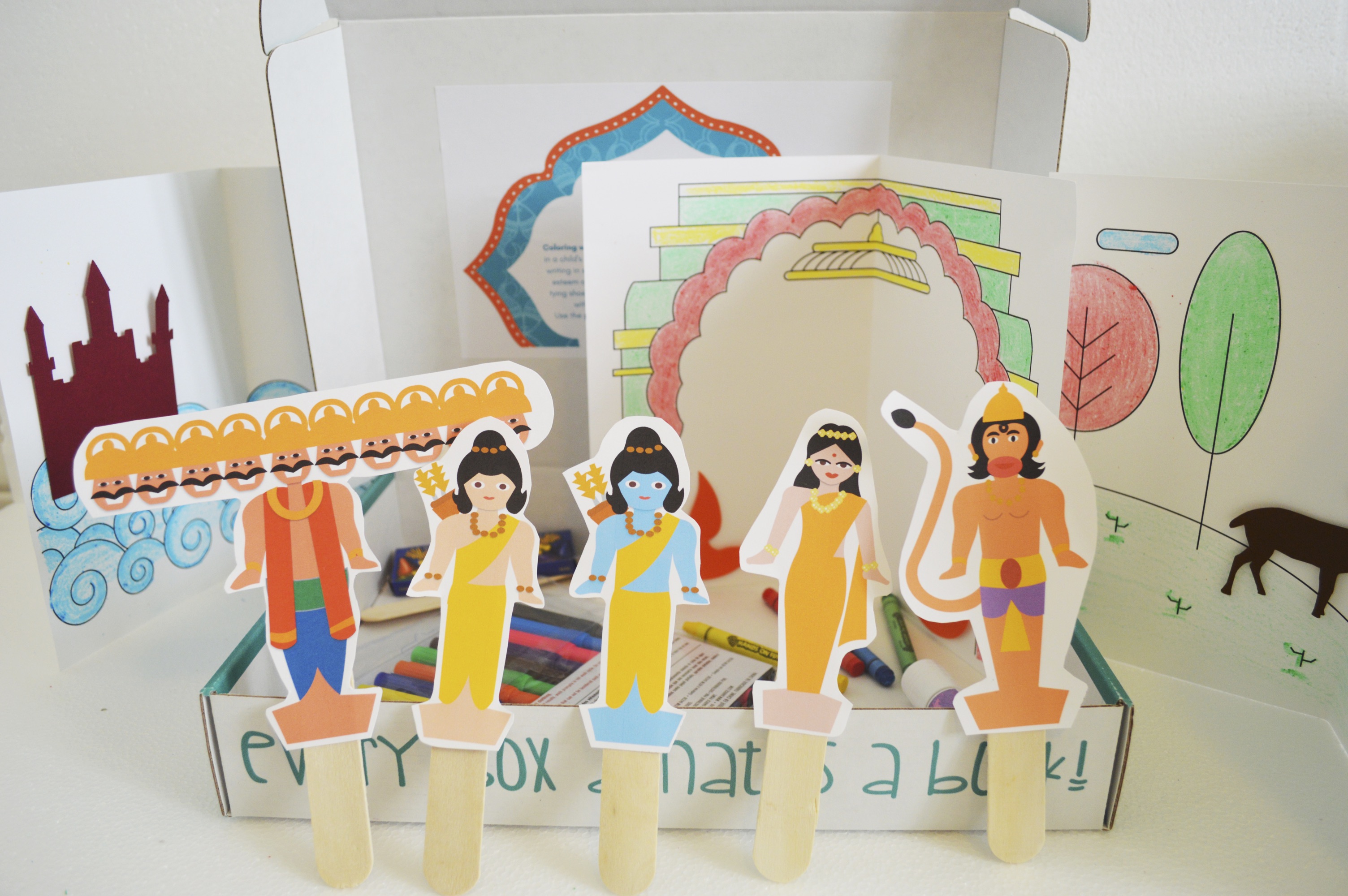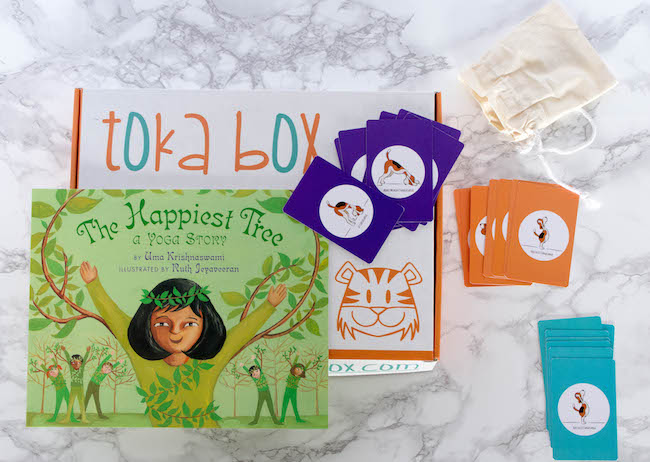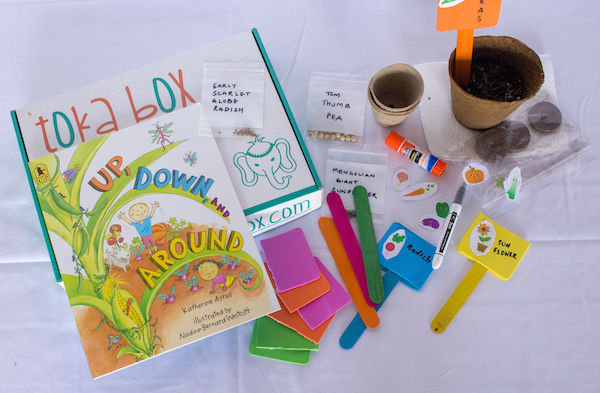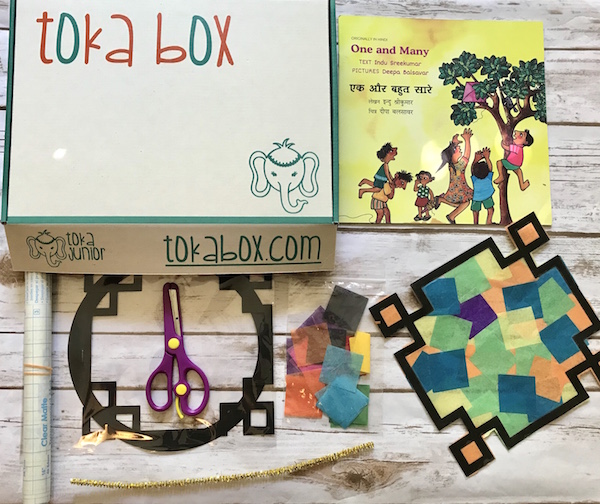- Categories
- CATEGORY
- AGE
- TYPE
What are the skills needed for school? These basic tasks prepare your kindergarteners and preschoolers for school. Without them, academics and overall development mean nothing.
Last year, I read an article about how more and more children are entering grade 1 without having very basic fine and gross motor skills. Schools are spending a lot on hiring occupational therapists and special educators to sort reading and writing problems that could have been avoided in the first place.
Early childhood care has taken an alarming turn in many preschools. Suddenly, reading, writing,
Reading, writing,
Let me give you an example. When my daughter was 3, I put her in a school that forced her to start writing when she was 3 and a half years old. The leap to start writing immediately was so high that the teachers never focused on something very, very essential -- the pencil grip.
My daughter's pencil grip is completely wrong. Occupational therapists concur that after 6 or 7, the grip is pretty much established and it is hard to correct it.
See the above picture? That is how my daughter grips her pencil, and it is completely wrong. Not only does it cause her elbow to pain. It also prevents her from looking at her page.
Of course, with intervention, she has managed to overcome these setbacks but her grip will always remain the same.
Good preschools and educationists aren't in a rush to make the child read and write immediately. They focus on crucial pre-writing activities like building fine and gross motor skills.
Coloring with crayons and scissor skills build the small muscles in your child's hand that will in the future help in holding a pencil and writing in school with minimum effort.
Fine motor skills build self-esteem as kids are able to perform more complicated tasks like tying shoelaces, zipping up their jackets and more by themselves with less frustration leading them to independence.
Our Toka Junior Diwali Box exercises these skills through the Ramayana.

Pretty much many academic and physical problems can be traced to poor trunk strength. Poor fine and gross motor skills can impede a child's progress anywhere. With poor muscular strength and muscle tone, a child will be unable to focus on activities, will have basic coordination issues and won't be physically ready to do many of the skills needed for school.
Many activities develop core muscle strength. Occupational therapists recommend tummy time. Get your child to do puzzles, color, do homework read books or build blocks when lying on their tummies, on a mat. Remember how we used to do this as children and we loved it?
Yoga is one of the best ways to build core muscle strength in children. It is also fun for kids and it synchronizes a child's body with his or her mind.
Learn the Surya Namaskar and play the Yoga Card game in our handmade Yoga Box! Buy it now!
Our children are spending less and less time outdoors. Their bare feet don't touch grass or stones and they get very little sensory input. They are engaging in less movement and are going straight to their TVs or tablets.
Vestibular balance and input is important for a child and is linked to many things, including their concentration and attention spans. Swinging, climbing, crawling and jumping are excellent ways to develop the vestibular system. This arms them with the many skills needed for school.
When children play with soil, water and work in the garden, they are receiving amazing sensory input and are physically active too. Studies have shown that children who participated in gardening projects scored higher in science achievement than those who did not. California Preschool Learning Foundations include scientific inquiry as one of the age-appropriate competencies in preschool. With a gardening project, children learn to observe and investigate. Harvesting their own vegetables and learning how and where food comes from may also help in forming healthy eating habits.
Our Grow Your Own Vegetables box packs these skills in and also has a stunning book about how some plants grow up, some grow down, and others 'grow around and around.' Did we mention that using directional language is a great way to build STEM skills and understanding for the future?

Ever sat down with your preschooler to get them to join the dots? Have you ever hurried them to do it immediately? Next time, don't. The aim of a joining-the-dots activity is not that final picture. It is to encourage a child to sequence from one number to the
It is important to look for schools and educators who teach the child how to track and form letters the right way and in the right direction. Instead of focusing on writing quickly and well, these building blocks should be firmly in place.
Simple sequencing activities like arranging things in order are excellent. Skip counting is great too. Get your child to count
Screen-free coding is also a great way to sequence and to explore directional language. This is a pre-coding skill but it is also important for reading, writing, and numeracy.
Introduce your child to directional language, sequencing, problem-solving and spatial reasoning through this amazing screen-free coding game. Give it a literary dimension by reading a book associated with it!

Did you know that research has shown that improving
Whether it is estimating an object's height or its distance from another object, or construction and navigation,
Encourage your child to build things and to make art. From tying a sari for a doll and making a mask to using a map and building LEGO creations, this is a useful skill to have. We have many suggestions for this skill. A tangram is a superb tool. To really harness this skill, we suggest something that combines spatial skills with visual skills - a powerhouse combination. Check out our bestselling box, the visual art for preschoolers.
